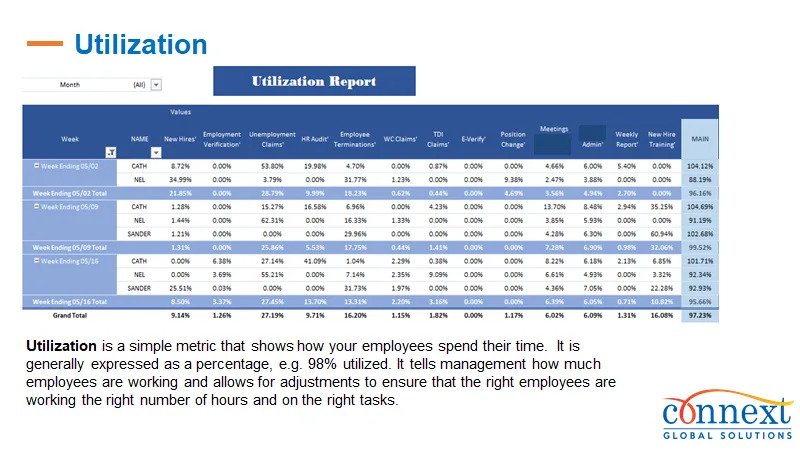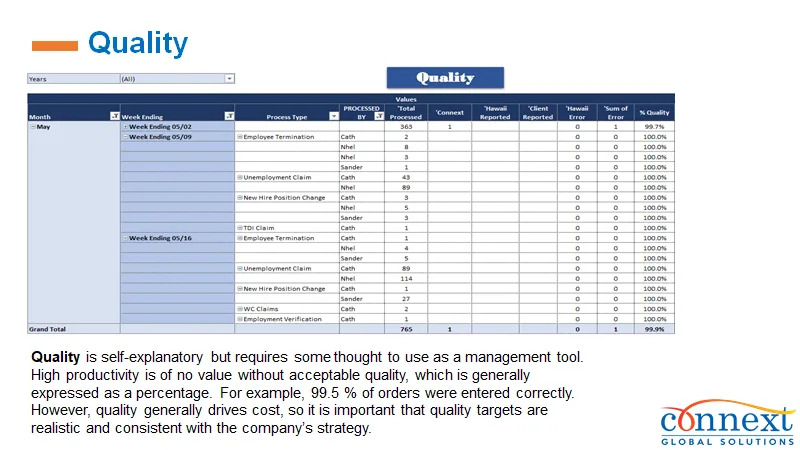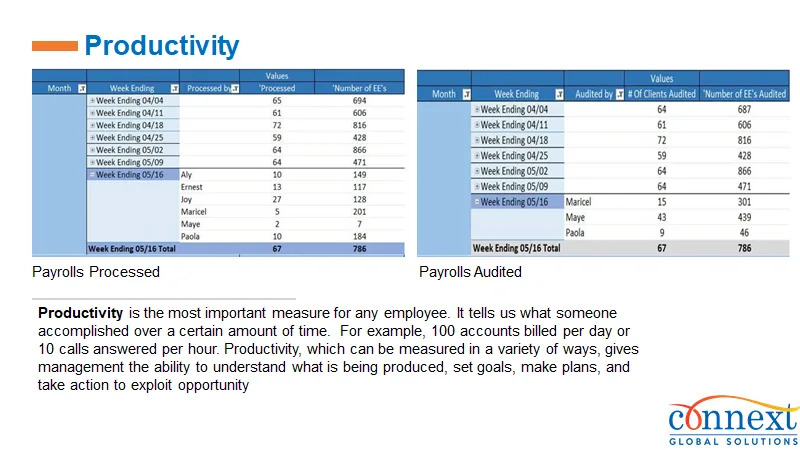Key Summary
- Staff augmentation services provide organizations with a way to expand capabilities without permanently increasing headcount.
- Cost structures typically include direct compensation, vendor or service fees, training, and compliance-related expenses.
- Beyond cost savings, the real value lies in flexibility, risk mitigation, and the ability to keep projects moving during hiring freezes.
- Connext helps businesses navigate staffing challenges through flexible engagement models, including independent contractor agreements that align with hiring freeze restrictions.
- Organizations considering staff augmentation should evaluate total cost of ownership, not just hourly or monthly rates.

Organizations across industries are rethinking how they build and scale teams. Market conditions, budget constraints, and shifting workforce expectations have created a landscape where traditional hiring models are often too rigid to keep pace. Staff augmentation services have emerged as a practical solution, allowing companies to access skilled professionals on demand while avoiding the complexities of permanent headcount increases.
Understanding the cost structure of staff augmentation is important for decision-makers. While at first glance the model might appear straightforward—an hourly rate or monthly retainer—there are layered considerations that influence the total cost of ownership. These include not only compensation but also compliance, vendor management, and integration with internal teams.
This article takes a closer look at the cost structure of staff augmentation services, explores why companies are adopting them, and considers how solutions like those offered by Connext help organizations balance financial discipline with operational agility.
Why Companies Turn to Staff Augmentation
One of the primary drivers for staff augmentation is the challenge of hiring freezes. Becker’s Hospital Review noted that 68 hospitals and health systems announced workforce changes in 2025, highlighting how widespread staffing constraints have become—even in essential sectors like healthcare.
In this environment, staff augmentation becomes an effective option. It allows organizations to bring in the expertise they need while remaining compliant with workforce limitations. For companies facing sudden projects, technology rollouts, or compliance deadlines, the ability to add capacity without increasing headcount provides breathing room.
Connext supports this approach through independent contractor agreements, enabling clients to navigate headcount restrictions while still meeting operational requirements.
Breaking Down the Cost Structure of Staff Augmentation
The cost of staff augmentation services can be grouped into several categories. While each engagement is unique, organizations can expect to encounter the following components:
1. Direct Compensation
The largest portion of cost typically comes from the wages or salaries paid to augmented staff. Rates vary depending on role, seniority, and geography. For example, offshore locations often offer competitive labor markets that reduce direct compensation compared to local hiring.
2. Vendor or Service Fees
In most cases, staff augmentation is facilitated through a service provider. These fees cover recruitment, onboarding, compliance, payroll processing, and continued support. A well-structured vendor fee provides transparency and eliminates hidden costs associated with talent acquisition and HR administration.
3. Training and Integration
Even highly skilled professionals require time to adapt to a company’s systems and workflows. Training and integration costs should be factored into the overall budget. The more complex the project, the more significant these costs may become.
4. Compliance and Risk Management
Working with augmented staff often involves navigating labor regulations, tax compliance, and data security obligations. Providers such as Connext embed compliance within their engagement models, which helps clients avoid unexpected liabilities.
5. Infrastructure and Technology
Depending on the arrangement, organizations may need to provide access to software, equipment, or secure networks. Some service providers manage infrastructure on behalf of clients, which can simplify operations but adds a layer to the overall pricing model.
Cost Savings Versus Operational Value
Many discussions around staff augmentation highlight cost savings as a primary benefit. While financial efficiency is important, it is rarely the only—or even the most important—reason companies adopt this model. The real value lies in flexibility and continuity. During periods of hiring freezes, staff augmentation ensures that projects do not stall. For organizations undergoing transformation, the ability to scale teams quickly without restructuring permanent staff creates stability. Offshore augmentation adds another layer of resilience, enabling access to global talent pools and reducing reliance on local labor markets.
Connext emphasizes this operational value. By providing teams that can scale in response to client needs, Connext enables organizations to maintain momentum while keeping long-term workforce strategies intact.
Evaluating Staff Augmentation Providers
Selecting a provider requires more than comparing hourly rates. Organizations should evaluate:
Transparency of fees
Clear breakdowns of costs help avoid surprises.
Compliance frameworks
Providers must adhere to labor, data, and industry regulations.
Talent quality
Access to skilled professionals ensures projects meet standards.
Scalability
The ability to expand or reduce teams quickly supports dynamic business needs.
Support model
Continuous vendor support simplifies management and integration.
Connext integrates these considerations into its service delivery, ensuring clients have clarity over both costs and responsibilities.
Discover how Connext builds staffing models that adapt to shifting workforce needs with clarity and flexibility in our post The Connext Approach to Offshore Staff Augmentation: Scalable Teams, Transparent Costs, Real Control.
Learn how companies can keep projects moving forward even during hiring freezes by engaging skilled professionals under independent contractor agreements in Securing Talent When Hiring is Frozen: Independent Contractors to the Rescue.
Frequently Asked Questions (FAQs)
The cost generally covers compensation, service provider fees, compliance, training, and infrastructure needs. Providers like Connext ensure these elements are transparent and predictable.
Staff augmentation enables companies to bring in talent through independent contractor agreements, which allows them to scale operations without formally increasing headcount. Connext provides flexible engagement structures that align with these restrictions.
No. While staff augmentation can reduce labor costs, the broader value is in flexibility, continuity, and risk management. Cost savings are an added benefit, not the sole driver.
Industries with fluctuating project demands, compliance requirements, or rapid transformation—such as healthcare, technology, and financial services—commonly use staff augmentation models.








